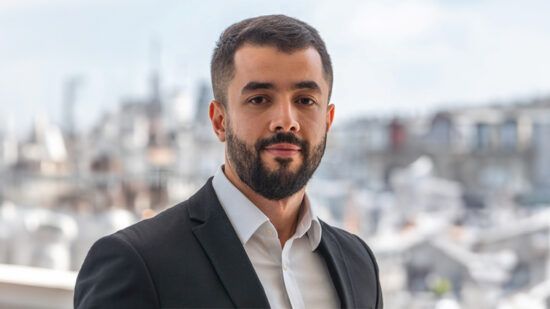Goldman Sachs has joined the MIT-IBM Watson AI Lab to help advance the use of Artificial Intelligence (AI) when measuring biodiversity.
The firm understand AI as a crucial tool to scale nature-based financial products and assess nature-related demands from both corporates and financial institutions.
Through this collaboration, Goldman Sachs seeks to identify and advance applications that will support activities such as fundraising and reporting in the biodiversity market. Advanced AI models will be leveraged by project researchers to analyse and process multimodal geospatial data. This aims to help unlock the next generation of biodiversity monitoring strategies by exploring the best way to integrate data streams from available satellites, drones, ground-based sensors and more into useful ecological measurements.
This comes as the Global Biodiversity Framework estimate that the biodiversity finance gap stands at $700bn (£555bn) a year between now and 2030, whilst the World Economic Forum (WEF) have identified biodiversity loss as one of the top three global risks over the next decade. Given the scale of this decline, corporations have increasingly expressed interest in developing strategies to measure and restore biodiversity in effort to promote “nature-positive” outcomes.
Kara Succoso Mangone, head of the sustainable finance group at Goldman Sachs, said: “Accurately measuring biodiversity is key to unlocking the finance needed for conservation of critical habitats around the world.
“Goldman Sachs and the MIT-IBM Watson AI Lab will be able to develop actionable applications, enhanced with AI, for biodiversity-related finance. We know from our experience – from preserving Karukinka Natural Park to underwriting conservation linked bonds in recent years – that measurement is crucial.”








